Why Do You Need A Personal Injury Attorney?
Many people may think that they don’t need a personal injury attorney after an accident. Whether they feel like the accident was minor, they don’t want to cause any trouble,
Many people may think that they don’t need a personal injury attorney after an accident. Whether they feel like the accident was minor, they don’t want to cause any trouble,

Driving for a living or as a part of a job has been a major part of our society for many years. We have cab drivers, valets, delivery drivers, etc.
Being injured, in any possible way, can be detrimental to your everyday life. But some people might think that some injuries are worse than others. Though it can be true
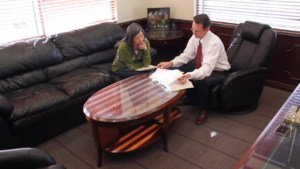
After you have been in an accident or been injured, you will want to set up an appointment with an attorney. If you have not been to a consultation with
If you have been in a car accident, you probably have experienced some injuries. You can get broken bones, whiplash, spinal injuries, abrasions, or brain injuries. It might seem like
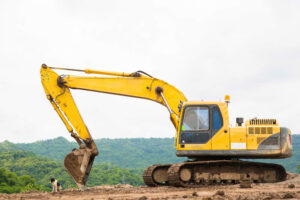
Construction accidents are devastating due to the severity of their injuries on those present on the site. Construction sites are extremely hazardous; they are even more so when safety protocols

After suffering a severe injury at work, many people rely on workers’ compensation benefits to help cover necessities as part of recovery. While these benefits may not be as much
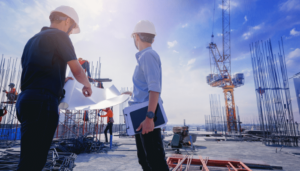
Every worker deserves to work in a safe and non-hazardous environment. Fifty years ago, the federal government enacted legislation to protect workers, and the Occupational Safety and Health Administration (OSHA)
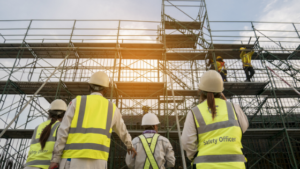
Construction work is an inherently dangerous business. Each year, thousands of workers end up with severe or fatal injuries. Even a minor incident, such as forgetting to clean up a

When someone passes away, it takes an emotional toll on their family. Moreover, it can lead to financial hardship. Fortunately, laws in every state can help ease financial problems if

Construction is an inherently dangerous industry. Workers are expected to perform strenuous physical labor, sometimes at great heights or carrying heavy machinery. Non-worker bystanders and other pedestrians run the risk
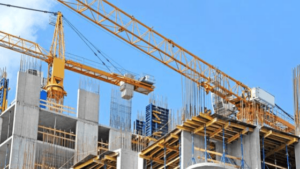
Construction defects occur whenever finished or partially finished construction fails to perform adequately as required by contracts or accepted standards. These defects can be the structurally deficient concrete, the bridge
UTAH INJURY LAWYERS
Flickinger • Boulton
• Robson • Weeks
PROVO OFFICE
3000 N University Ave
Suite 300
Provo, UT 84604
SOUTH JORDAN OFFICE
10393 S. Temple Dr.
Suite 103
South Jordan, Utah 84095
OFFICE HOURS
Monday- Friday: 8AM-5PM
Saturday-Sunday: Closed
*Disclaimer: the information provided by this website is for informational purposes only and should not be considered legal advice or a substitute for competent legal counsel.
**SMS consent and contact phone numbers will not be shared or sold to third parties or their affiliates for any purpose.
© 2025 All Rights Reserved.